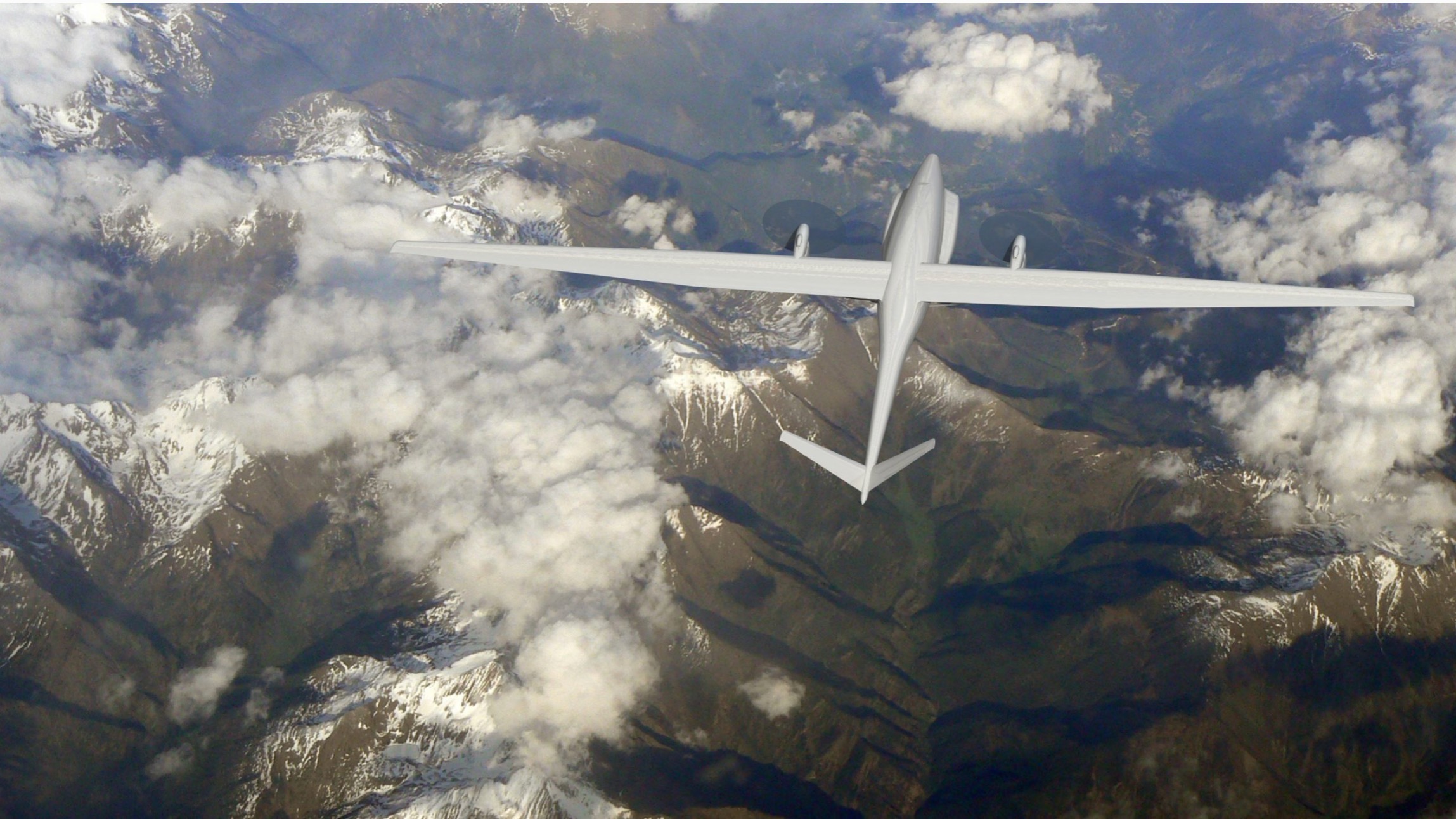Please check the information entered!
- Please check the information entered
A log-in email has been sent to your email address
Forgot password? Reset password

Image credit: Stratospheric Platforms
Cambridge company is looking to provide UK-wide 5G coverage via hydrogen-powered aircraft. If rolled out, the solution could put an end to inconsistent, unreliable internet connectivity in rural and secluded areas.
Stratospheric Platforms (SPL) says it has developed a high-altitude, hydrogen-powered aircraft (technically known as a HAP or High Altitude Platform) which can provide uninterrupted 5G connectivity direct to consumer smart phones across areas as wide as 140km and at the same time, direct broadband connectivity to properties.
Backed by Deutsche Telekom, SPL was launched in 2016 to tackle the wide-area technological challenges facing 5G adoption.
SPL has put a proposal to the government via the Department for Digital, Culture, Media & Sport for complete 5G coverage of the UK with a small fleet of aircraft.
Operating from an airfield such as Prestwick Spaceport, Stratospheric says the HAPs, which are currently at demonstrator level, could provide full geographic ubiquitous telecommunications coverage to the whole of the UK and even large parts of Northern Europe.
The Stratomast HAP system would particularly benefit remote and rural areas that don’t typically get fast, reliable internet connectivity. All would-be customers need to take advantage is a standard mobile phone for mobile connectivity or, for home broadband services, a low-power MiFi device (costing less than £100). The beauty of this setup is that there is no requirement for unsightly, expensive additional infrastructure or towers on the ground. It also removes the need for costly fibre-optic cables to laid across the seabed to islands or rural communities.
For rural businesses such as farming, fishing and tourism, the possibilities are exciting. For example, they could increase their efficiency by being able to use IoT devices anywhere and access big data.
Neil Taylor, business & systems analyst and a co-founder at Stratospheric Platforms, said: “Scotland is a very ready market from our point of view as its population is so low, especially in the Highlands and on the islands.”
“The expectation is that it [the HAP] will stay in the air for between five and nine days – depending on conditions such as wind speed – and has a 30,000km range. The whole idea is that it will get into the stratosphere and then loiter in a 10km circle at 60,000 feet. It can beam out a 5G signal around 50km, depending on the various levels of service. The maximum would be 70km – 30km in a densely populated area.
“We have the platform, 5G array and the aircraft,” concludes Neil. “That’s unique.”